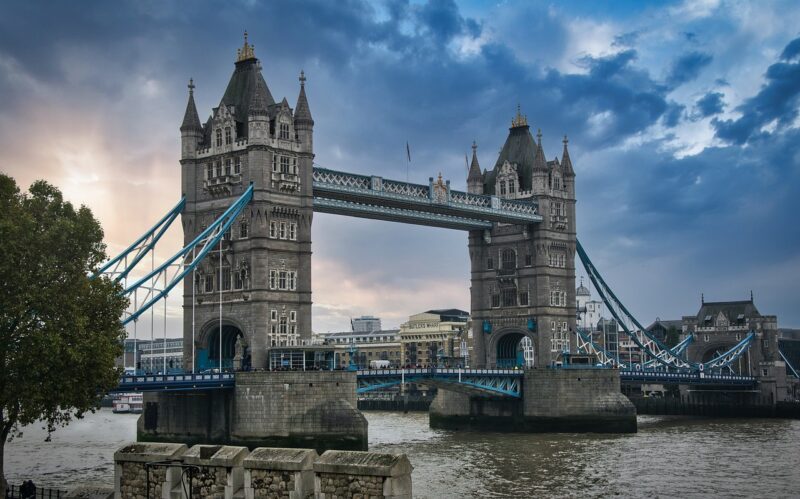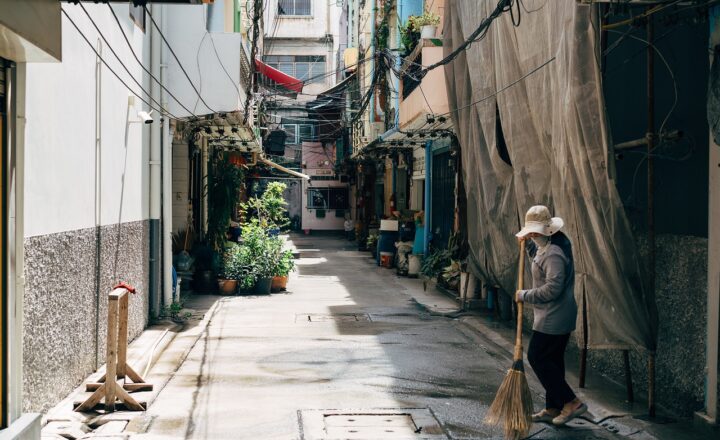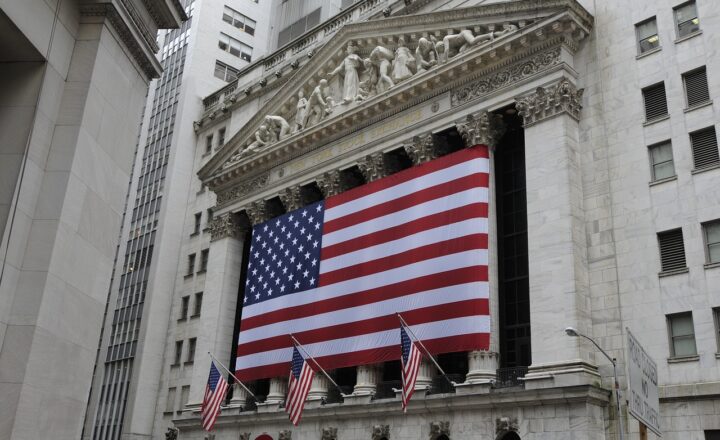
London Bridge is one of the most iconic structures in the world, renowned not just for its historical significance but also for its various iterations and transformations over the centuries. Surprisingly, one of the most curious chapters in its storied history involves its sale in the 1960s and its eventual relocation to the arid landscapes of Arizona. Let’s dive into this fascinating tale that blends architecture, commerce, and cultural exchange.
1. A Brief History of London Bridge
London Bridge, in its current form, is not the first bridge to stand at this site. The original bridge built by the Romans in AD 60 was succeeded by a wooden structure that evolved over the centuries. The medieval stone bridge completed in 1209 had many shops and houses and was a bustling center of commerce.
After modifications over the years, including a significant rebuild in the 19th century—resulting in the larger but far less functional design—it became clear that the bridge was no longer meeting the needs of 20th-century traffic demands.
In the 1960s, London officials decided it was time to replace the aging structure. Enter Robert P. McCulloch, an American entrepreneur and founder of the town of Lake Havasu City, Arizona.
2. The Sale of London Bridge
In 1968, McCulloch bought London Bridge for a whopping $2.46 million. The decision to purchase the bridge stemmed from his desire to attract tourists to his new town in Arizona, which was then struggling to gain attention. The bridge was dismantled piece by piece and shipped across the Atlantic Ocean, a task that took three years to complete.
The dismantling process saw over 10,000 granite blocks numbered for easy reassembly. Notably, many people believed they were purchasing the “original” London Bridge, but the reality was that they were, in fact, buying a newer reconstruction.
To many Londoners, this decision was baffling. Why would a prominent landmark like London Bridge be sold to an American city? The answer lay both in practicalities and economics.
3. The Journey to Arizona
Once dismantled, the bricks of London Bridge embarked on a lengthy journey across the sea. When they arrived in Arizona, McCulloch faced the challenge of rebuilding the bridge successfully. The reassembly took much longer than anticipated, and workers spent over two years painstakingly restoring the structure exactly as it had been.
In 1971, the bridge was completed and opened to the public, now spanning a faux lake, Lake Havasu—a somewhat humorous contrast to the River Thames.
Local reaction was initially mixed. Some felt nostalgic, while others were puzzled by the out-of-place British structure. Nevertheless, the project succeeded in creating a tourist attraction, drawing crowds to visit the reconstructed London Bridge.
4. The Cultural Impact of the Bridge’s Relocation
London Bridge represents an interesting case of cultural transplantation, where an emblematic piece of British history was relocated to a foreign land. While many Americans knew the name, few realized that the actual bridge was not designed to resemble the famed Tower Bridge, as many presume.
The relocation also sparked discussions about historical preservation and the authenticity of cultural symbols. How much can a piece of history be altered before it becomes an entirely different artifact?
Since its construction in Arizona, London Bridge has become a popular tourist destination, prompting Lake Havasu City to flourish. According to estimates, millions of visitors have strolled across the bridge since it opened, creating significant economic benefits for the community.
5. Events and Celebrations
Lake Havasu City has embraced its most famous landmark, hosting annual events that celebrate both the bridge and its ties to the UK. Events include the London Bridge Days, which features British-themed festivities, parades, and educational events celebrating the history of the bridge and its cultural significance. Visitors often marvel at the juxtaposition of the bridge against the desert backdrop, taking pictures and enjoying boat tours underneath.
Moreover, hints of British cultural appreciation can be observed in the nearby pubs and shops that create a vibrant atmosphere reminiscent of a true British experience.
6. The Future of London Bridge in America
While initially met with hesitation, London Bridge now stands as a cherished landmark in Arizona. It has become an integral part of Lake Havasu City’s identity, serving not only as a historical curiosity but also as a symbol of connectivity between the two nations.
As the years progress, the bridge’s legacy will continue to evolve, potentially paving the way for more cultural exchanges. It’s a reminder of how architecture can transcend borders, telling stories that resonate far beyond the physical structure itself.
Conclusion
The tale of London Bridge being sold and reassembled in Arizona is a remarkable blend of history, culture, and economics. It signifies a unique chapter in the life of a bridge that has seen the rise and fall of empires, interwoven with its journey to America.
Visitors to Lake Havasu City still marvel at this odd yet charming relic of British history, reminding us that even the most iconic structures can adapt to new environments and meanings. Whether in London or Arizona, the spirit of London Bridge continues to forge connections across time and space.
If you ever find yourself in Arizona, visiting this unique monument is a must, allowing you to appreciate not only its architectural beauty but also the intriguing history wrapped up in its stones.







